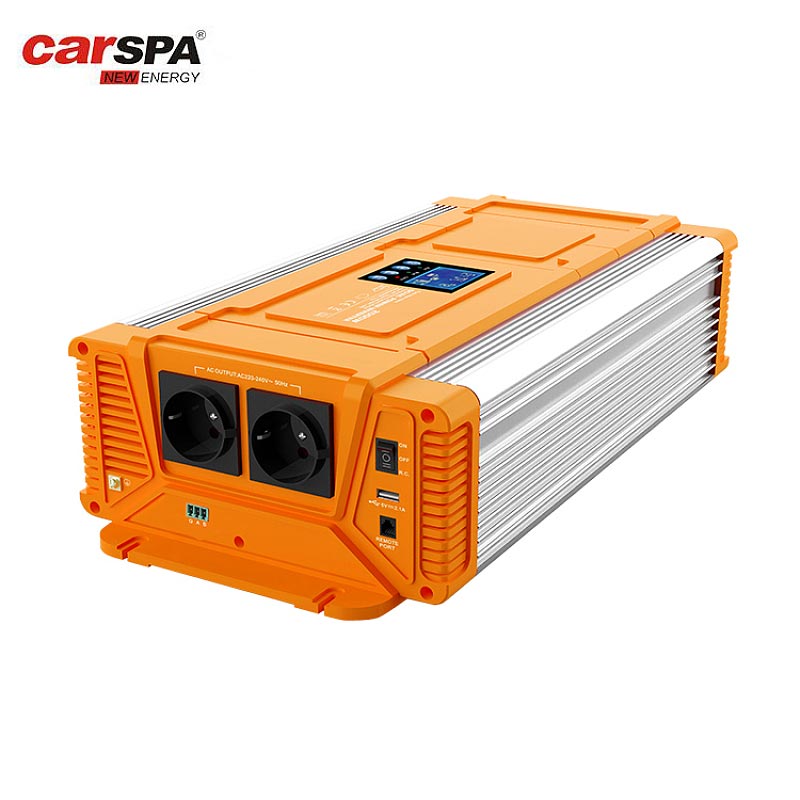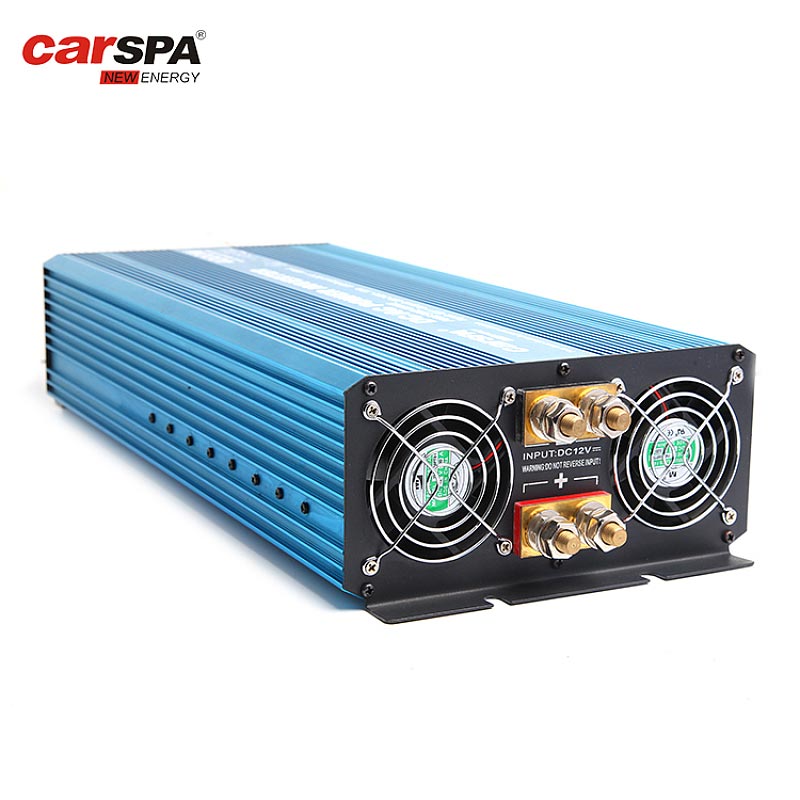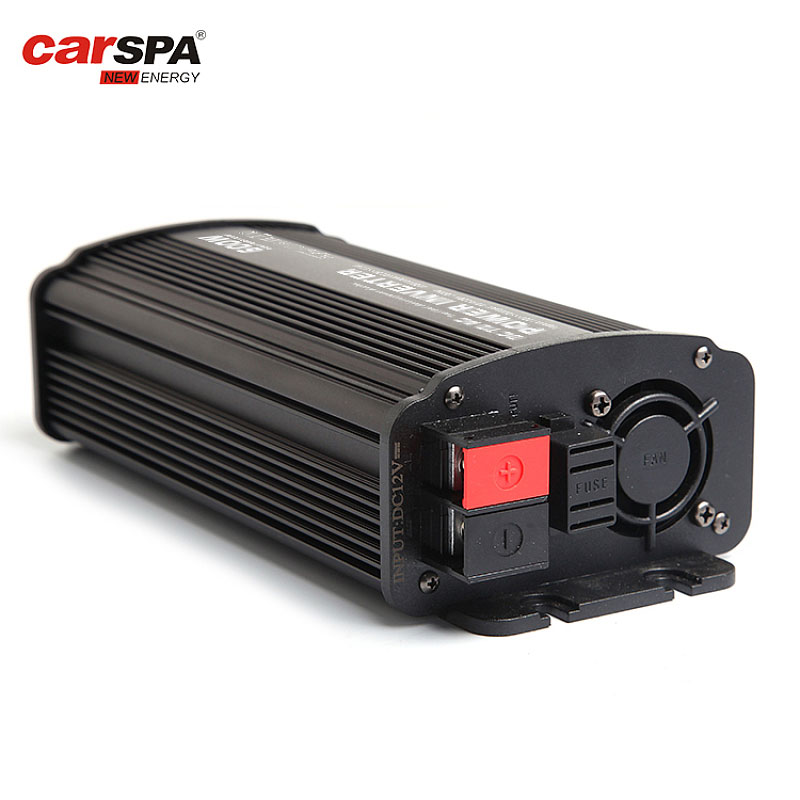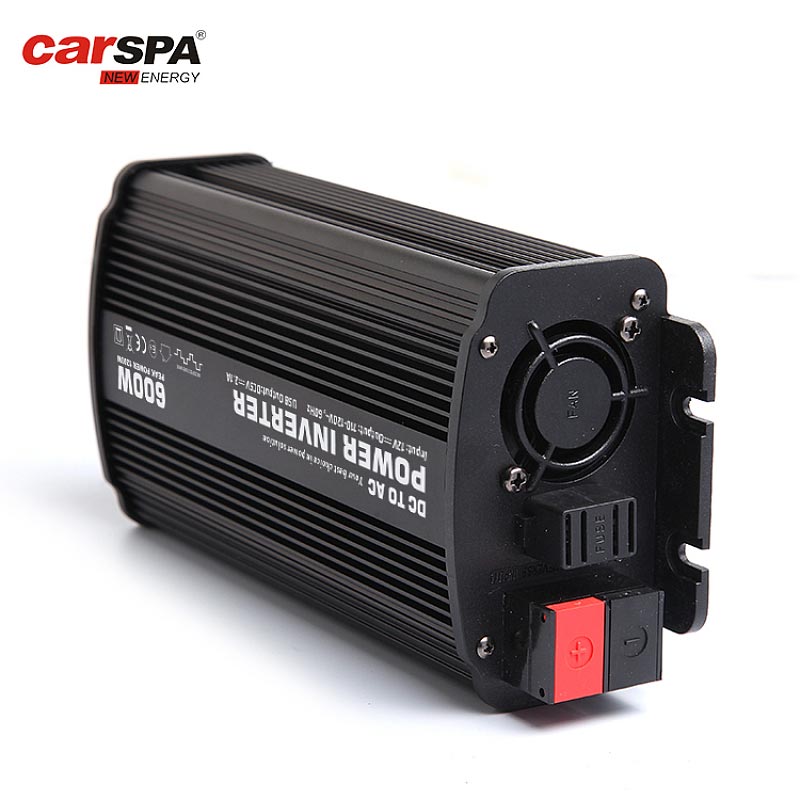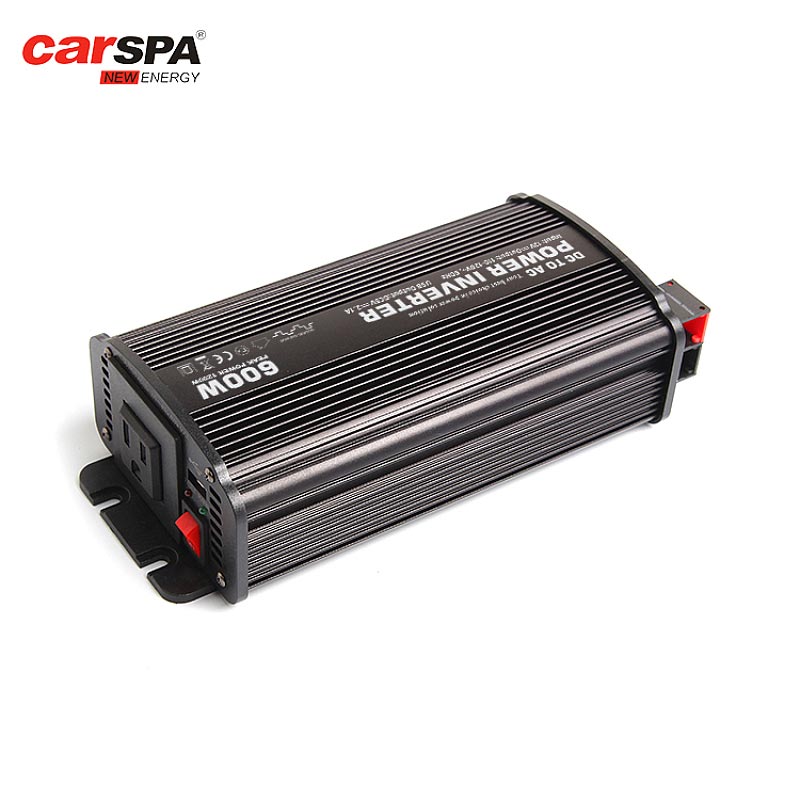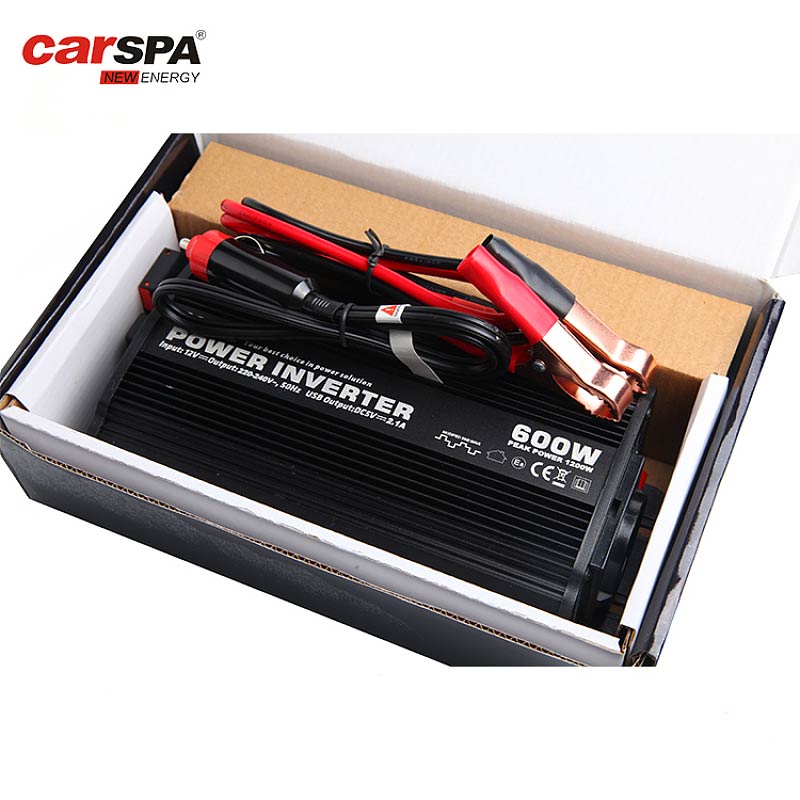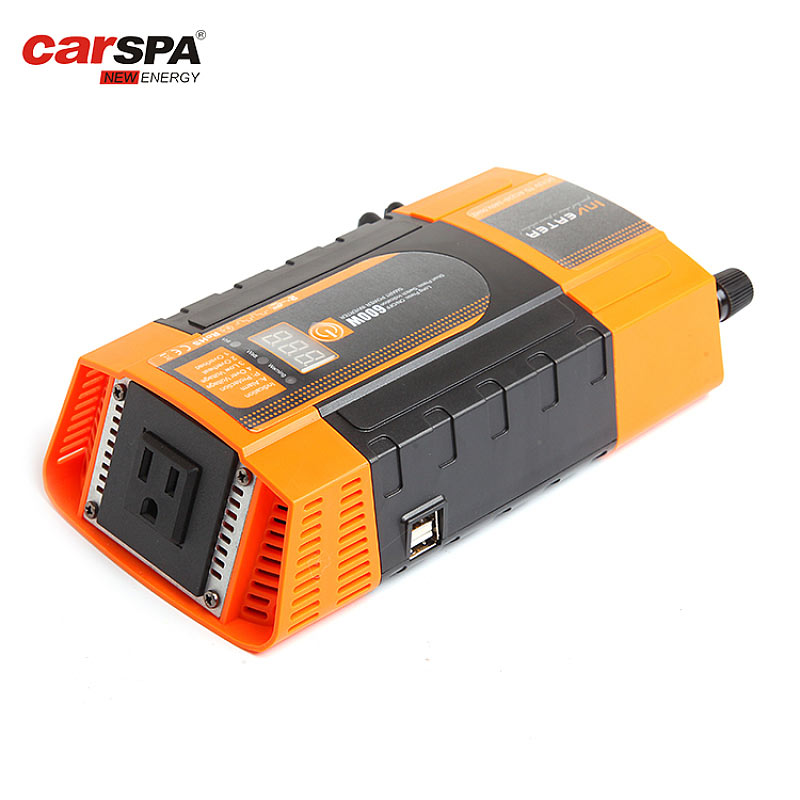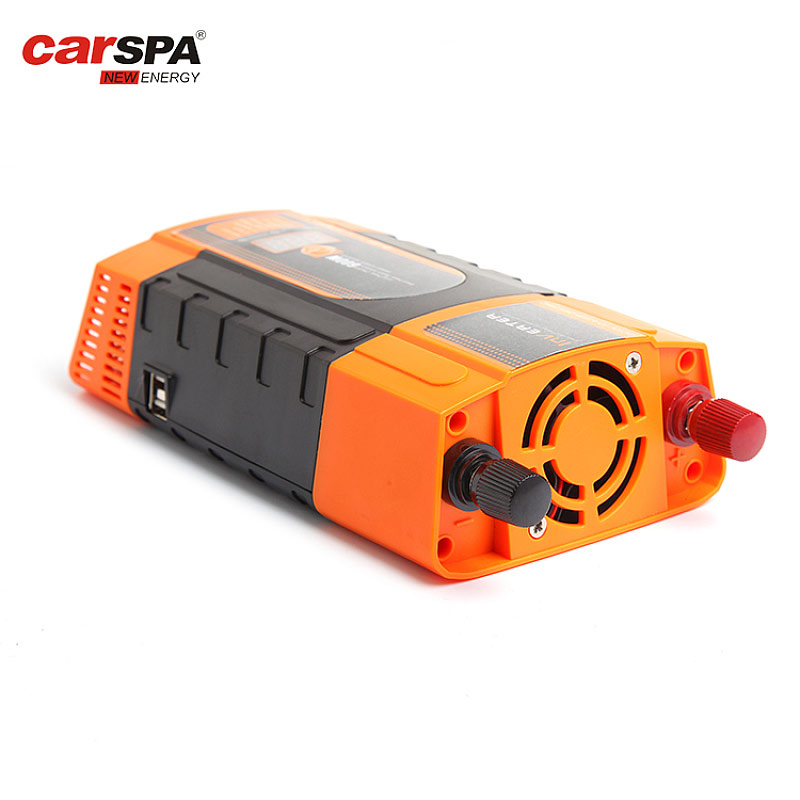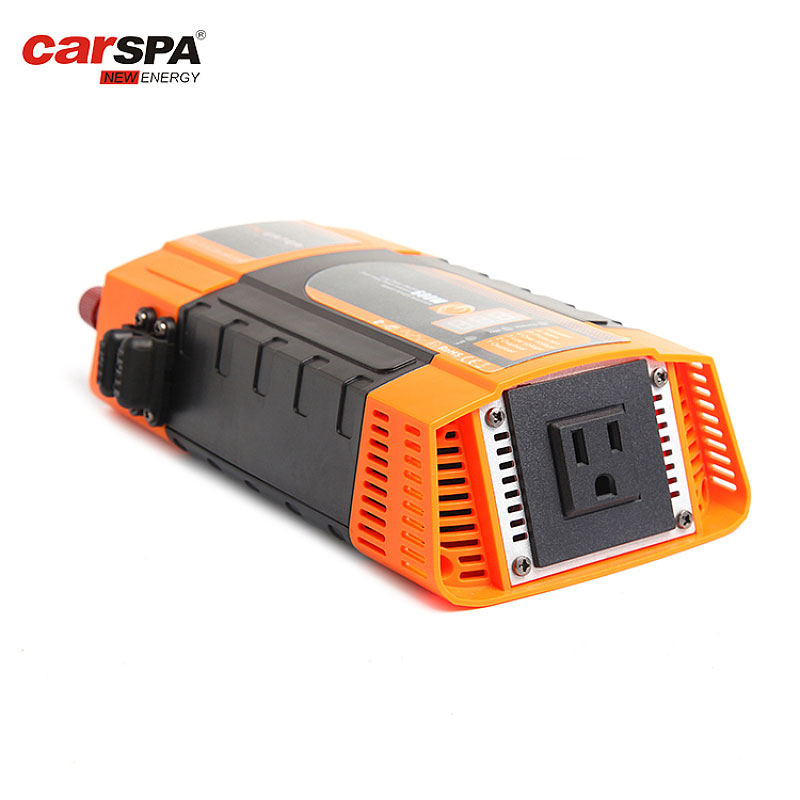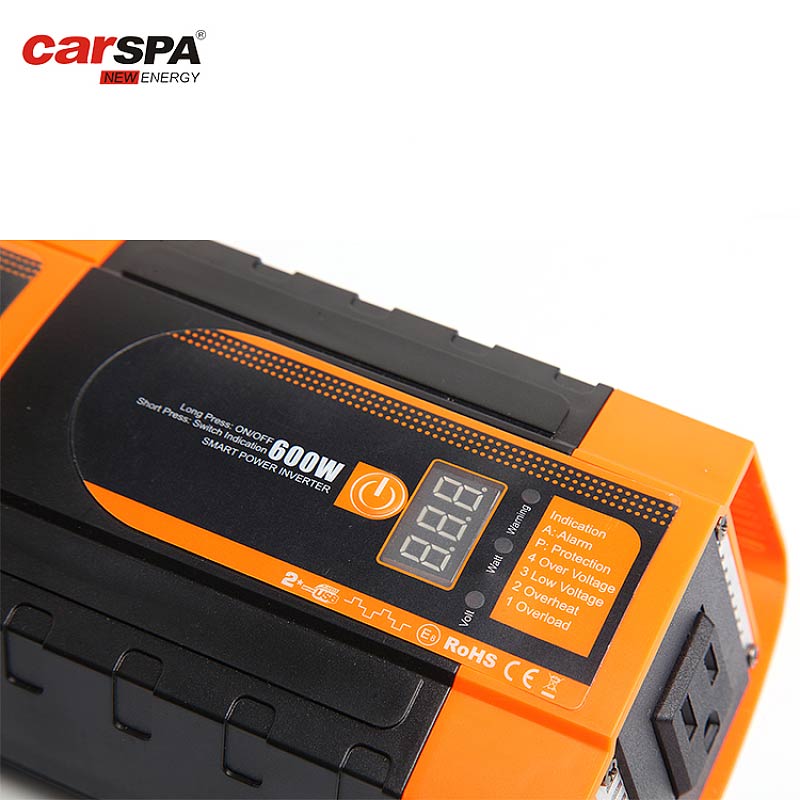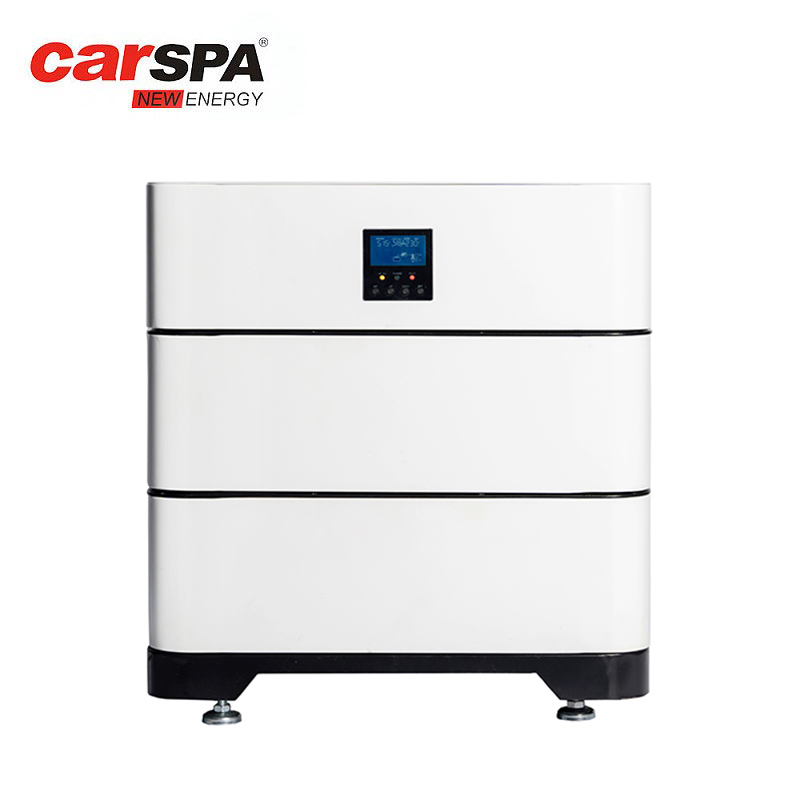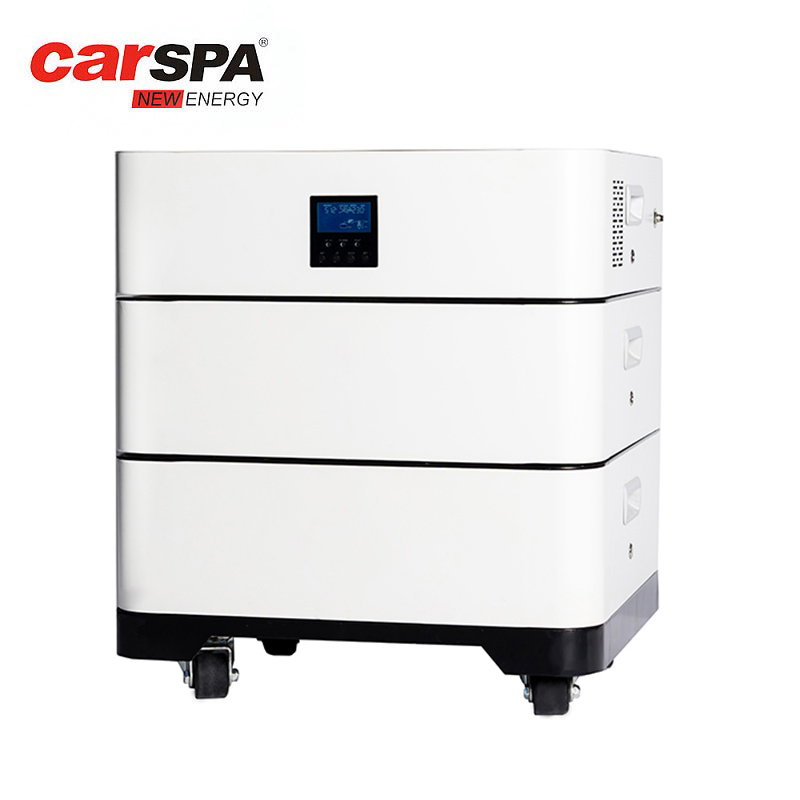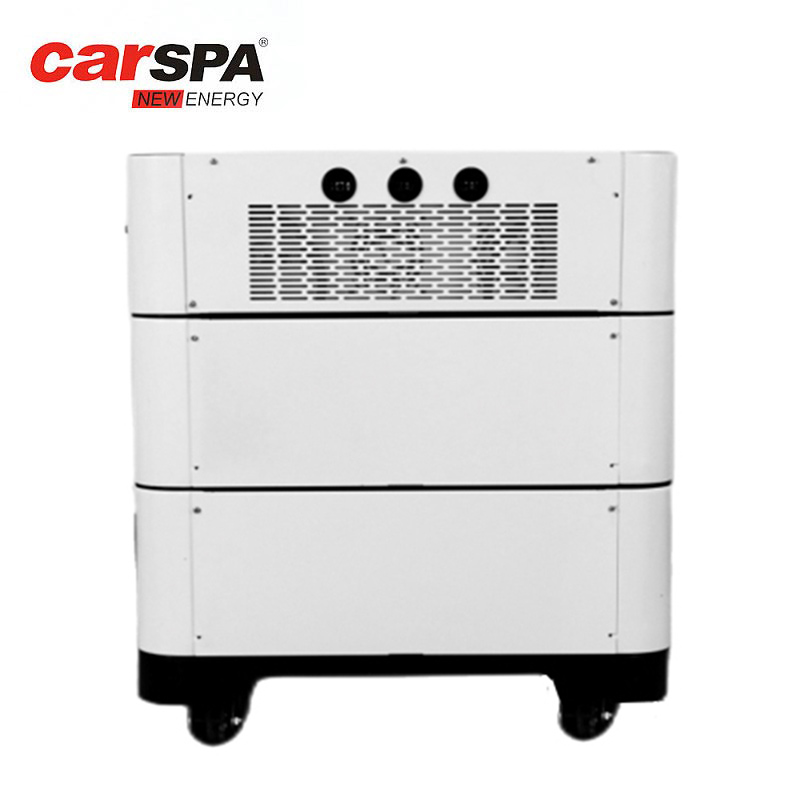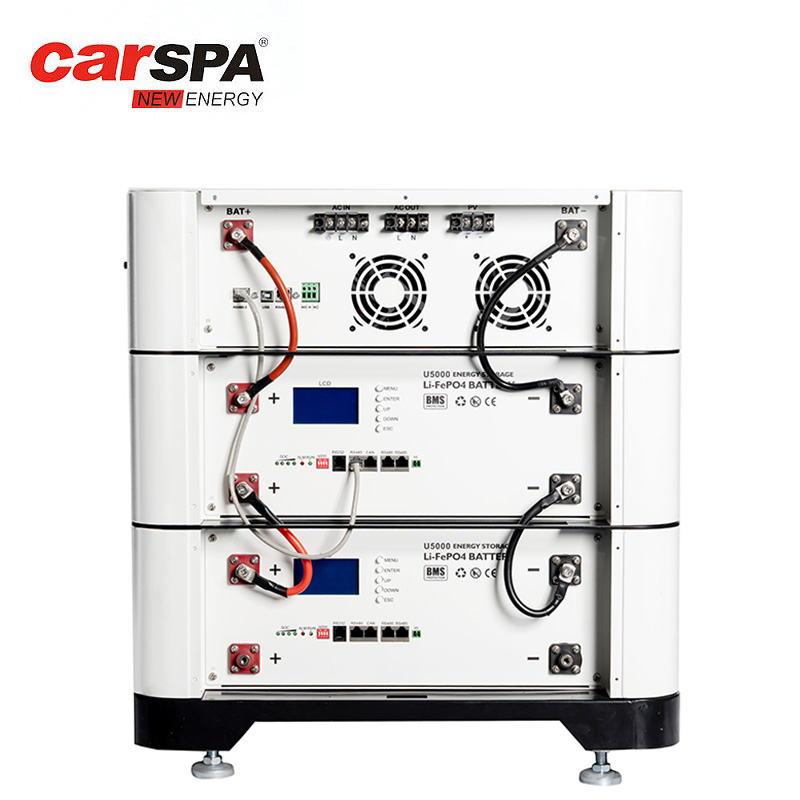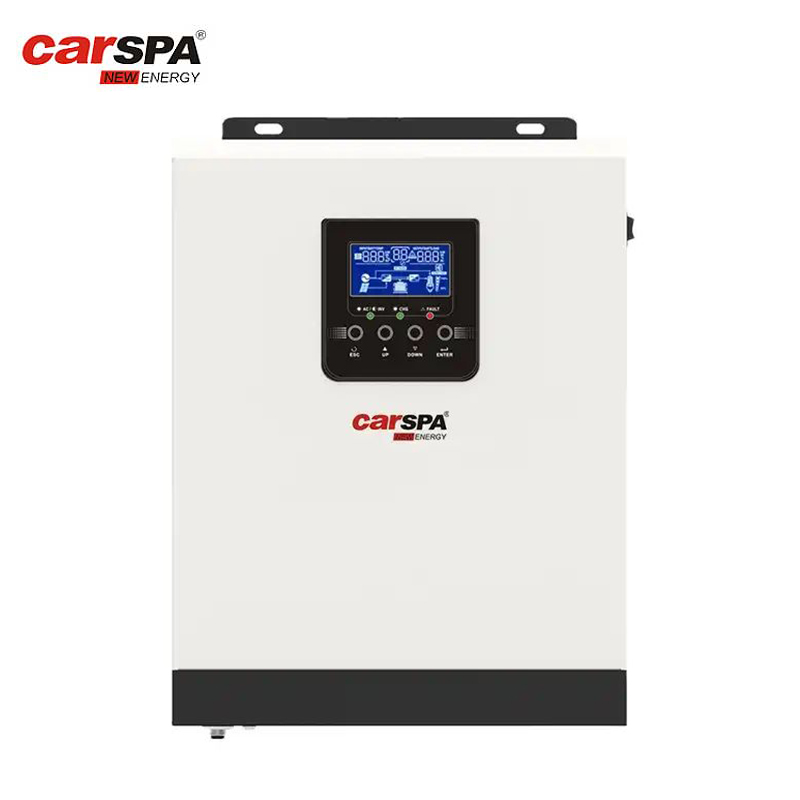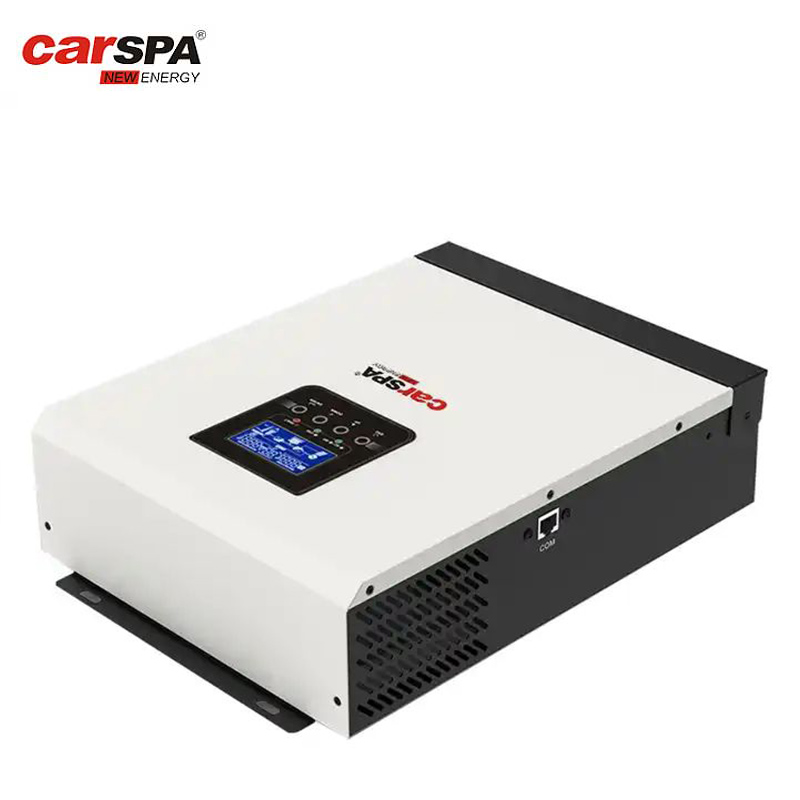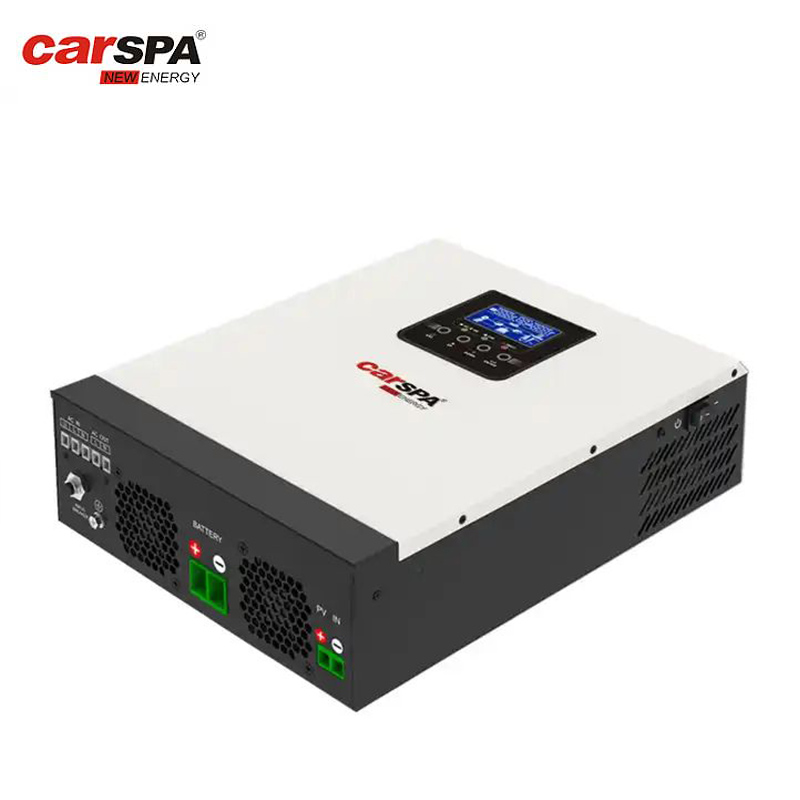What is an Off-grid Solar System?

An off-grid solar system is a system that generates electricity from the sun and stores that energy in batteries for use when the sun is not shining.
Off-grid solar systems can be a great way to provide power in areas that are not connected to the electric grid or to provide backup power during outages.
What are the basic components of an off-grid solar system?
1. Solar panels
2. Charge controller
3. Batteries
4. Inverter.
How do off-grid solar systems work?
Solar panels generate DC (direct current) electricity from the sun, and the charge controller regulates the flow of that electricity to the batteries.
The batteries store the electricity, and the inverter converts the DC electricity from the batteries into AC (alternating current) electricity that can be used to power household appliances.
How to assemble a solar system?
Assembling a solar system can be a challenging task, but with the right knowledge and tools, it is certainly doable.
Here are the basic steps to follow:
1. Determine your energy needs
The first step is to determine how much energy you need to power your household appliances. You can use online calculators to estimate your energy usage.
2. Select solar panels
Once you know your energy needs, you can select the appropriate number of solar panels to generate that amount of power.
3. Choose a charge controller
The charge controller regulates the flow of electricity from the solar panels to the batteries. Choose a controller that matches the voltage of your solar panels and batteries.
4. Select batteries
The number of batteries you need depends on how much energy you need to store and how long you want that energy to last.
For example, if you need to power your home for three days without sunlight, you'll need more batteries than if you only need to power your home for one day.
5. Choose an inverter
The inverter converts DC electricity from the batteries into AC electricity that can be used to power household appliances.
Choose an inverter that matches the voltage of your batteries and the power requirements of your appliances.
How many batteries do you need?
The number of batteries you'll need to power your inverter depends on your energy needs and the capacity of the batteries you choose.
To determine the number of batteries you need, you'll need to know the following:
1. Battery capacity
This is measured in amp-hours (Ah) and indicates how much energy a battery can store.
2. Inverter voltage
This is the voltage that the inverter requires to operate.
3. Energy usage
This is the amount of energy you need to power your household appliances.
To calculate the number of batteries you need, use the following formula:
Number of batteries = (energy usage x inverter voltage) / battery capacity
For example,
if your energy usage is 10 kWh per day, your inverter voltage is 24V, and your battery capacity is 200Ah, the number of batteries you need is:
Number of batteries = (10,000 Wh/day x 24V) / 200Ah
Number of batteries = 1.2
This means you would need 1.2 batteries. Since you can't have a fraction of a battery, you would need to round up to 2 batteries.
Conclusion
Assembling an off-grid solar system can be a rewarding experience, and with the right knowledge and tools, it is certainly doable.
When determining how many batteries you need to power your equipment starts with knowing the wattage requirements of your appliances and the wattage requirements of your inverter.


